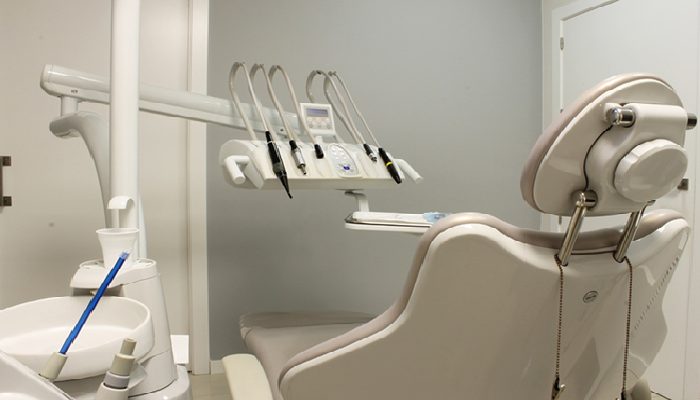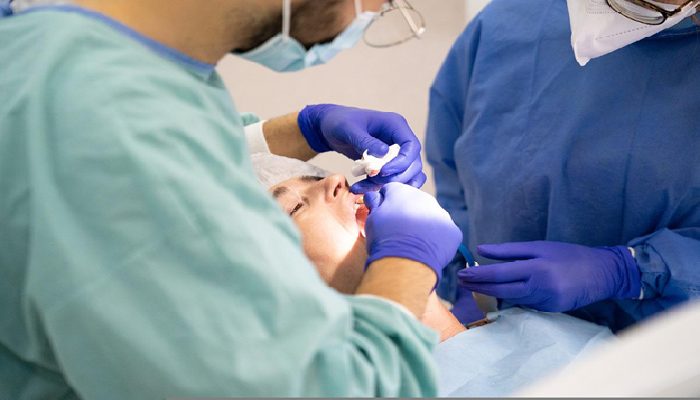What Are the Most Common Dental Implant Procedures In Kent

There are three primary types of operations, and these are called endosteal implants and subperiosteal implants. In order to place these implants in your jaw, you must have sufficient bone density.
If your bone density is too low, you may need to undergo bone grafting before the procedure. However, you can also choose a hybrid procedure to get the best of both worlds. No matter what type of implant you choose, you can rest assured that your new tooth will look amazing!
Bone grafting
There are several different types of bone grafting material, including autografts, allografts, and synthetic substitutes. These materials are backed by extensive research, and all have the same purpose: to replace or augment bone in an area where one is needed. Some types are derived from human bone, while others are obtained from an animal.
Bone grafts are a safe and effective way to replace missing teeth. While bone grafting (https://en.wikipedia.org/Bone_grafting) may involve a high level of risk, it is a beneficial procedure for many patients. In fact, missing teeth can lead to bone loss, which can affect the surrounding tissues, including the gums. If the jaw isn’t stable, the result could be further tooth loss and even heart disease.
Furthermore, people with bone loss can lose facial features such as their lips and jaw skin, and they may appear wrinkled or puffy. The recovery period from bone grafting can vary from person to person. However, it is generally minimal. Although a bone graft can be painful, it usually only involves a small amount of bone. Costs will depend on the complexity of the procedure and the materials used.
Bone grafting procedures are covered by Medicare. There are two types of bone grafting procedures: non-surgical bone grafting and harvesting bone material. A sinus lift is another option for replacing missing teeth. The sinus is a region of the upper jaw where the maxillary sinus sits.
When missing teeth are present, the sinuses may drop down and the sinus membrane could invade the area. This would cause tooth and jaw implants to be unable to attach properly. In such cases, the surgeon performs a sinus lift. This procedure raises the sinus, restoring the height of the upper jaw and providing a platform for natural replacement.

Subperiosteal Implants
In the most basic form, subperiosteal tooth and jaw implants are a metal framework that is inserted into the jawbone. They lie above the gum tissue and under the thin layer of tissue between the jawbone and the gums. Patients with weakened jawbones or poor bone quality should consider this method.
A surgeon can make a metal frame custom-fit to the patient’s jawbone and place it into their mouth. Full Arch Dental Implants In Kent is much less common than the endosteal type, but they still look very similar. The main difference between these two operations is that the subperiosteal ones are placed under the gums and rest on the jawbone.
Because of this, these implants are more suitable for patients with significant jawbone loss. The jawbone is not directly exposed during this procedure, so bone augmentation may be needed before the implants can be installed. Endosteal implants are the most common type of operation.
The process involves placing a metal frame into the jawbone, and attaching it to the gum tissue with tiny screws. Once the gums have healed, the tooth and jaw implant is then fitted on top of the metal frame. A temporary bridge is then attached to the extension to protect the artificial tooth. After the gums have healed, a permanent bridge can be cemented onto the extension.
Post-operative instructions after dental implant surgery are important for a successful outcome. During the initial period after the procedure, patients should practice good dental hygiene. Some will be advised to eat soft foods after the surgery. Smoking should also be avoided, as smoking can exacerbate the risk of tooth and jaw implant failure.
Mini Dental Implants
Compared to a traditional tooth and jaw graft, mini dental grafts require little to no surgical procedure. You won’t need stitches, sutures, or drilling to get them placed. The mini grafts themselves are as strong as your natural teeth, so you can even brush them with extra soft bristles. Afterward, you’ll be able to use them just like your natural teeth. The recovery period is also relatively short, and most people will be able to return to their daily activities within 2 days.
You may not even need a follow-up appointment! The dentist will take X-rays to determine how much bone you have available. This will help him decide where to put the grafts. If your bone density is high enough, he’ll try to maximize it by placing them at an angle. Generally, patients feel well right after treatment, and they can test their new teeth the same day.
Moreover, mini dental grafts are a great choice for people who are not in good health or have compromised bone density. While conventional tooth and jaw grafts, like these, require a lot of surgery, mini grafts are the least expensive and easiest to place. If you need to replace several teeth, you may want to consider mini dental grafts if your existing teeth are missing. You might find that mini tooth and jaw grafts are your best option for replacing them.
Your dentist will explain the benefits and drawbacks of both procedures so that you can choose the right one for your needs. As mini tooth and jaw grafts are smaller than traditional tooth and jaw grafts, they usually last a long time. Depending on your mouth and bone density, mini dental grafts can last as long as five to 10 years without any problems.
However, the same care can keep your mini tooth and jaw grafts in great shape for years. However, it is important to maintain proper oral hygiene after a mini operation to ensure maximum longevity. Besides, smoking, poor dental hygiene, and substance abuse can shorten the lifespan of your mini dental grafts.